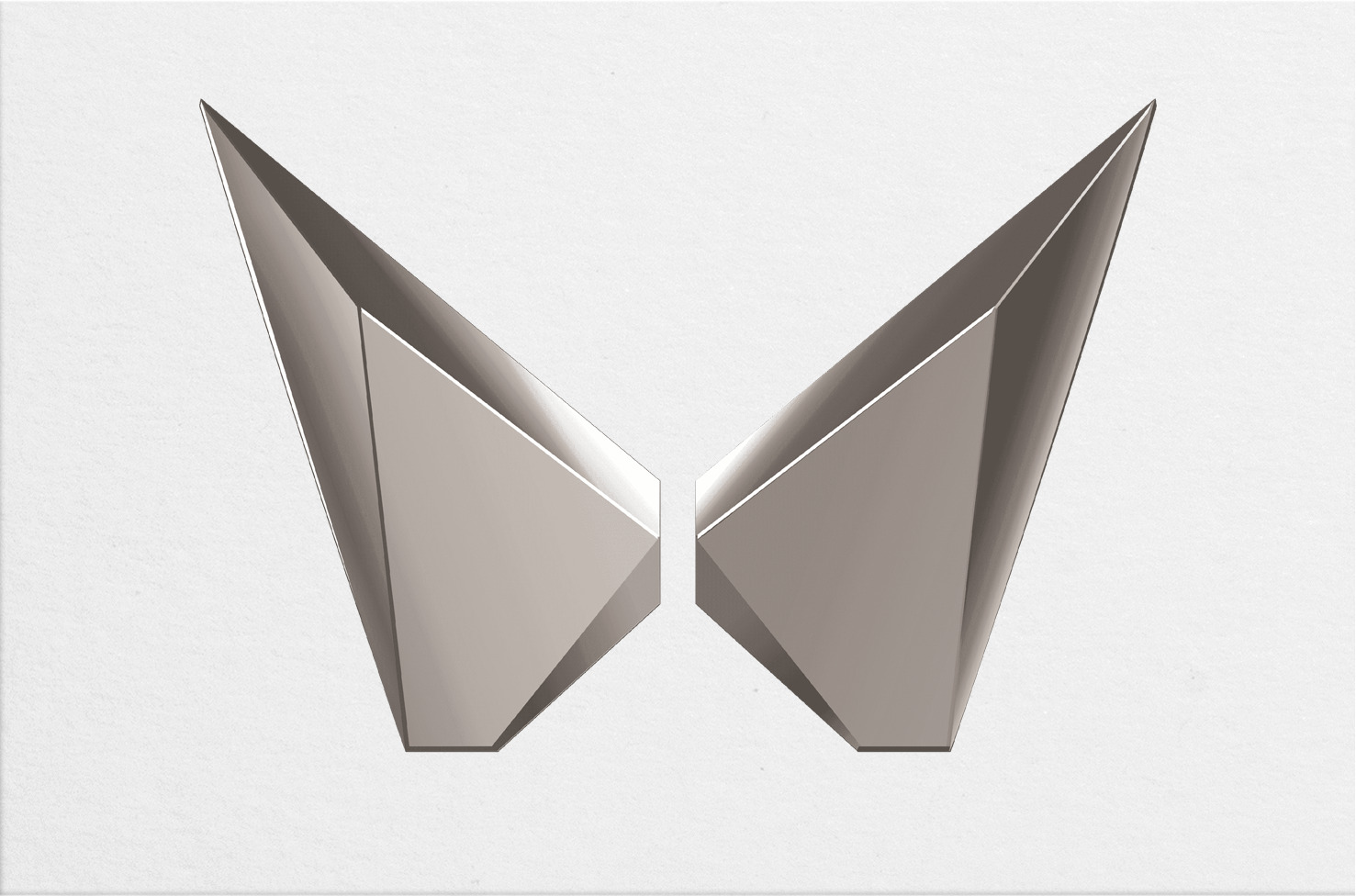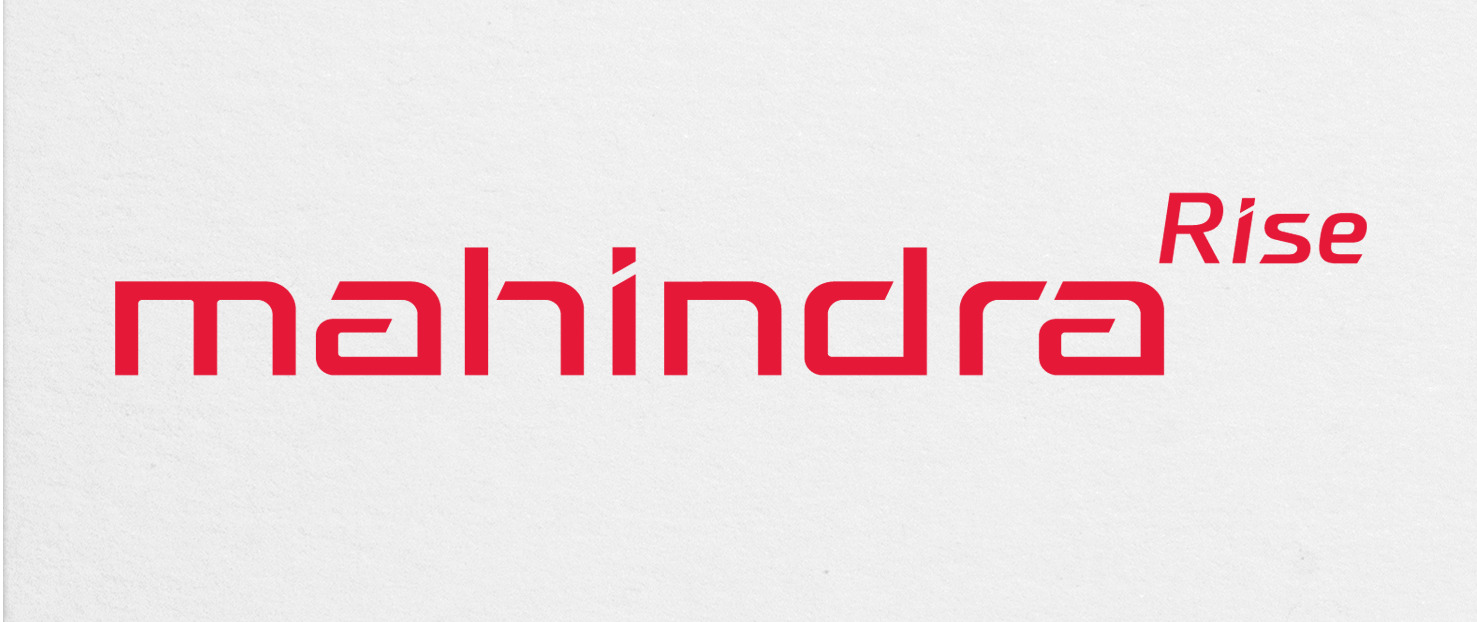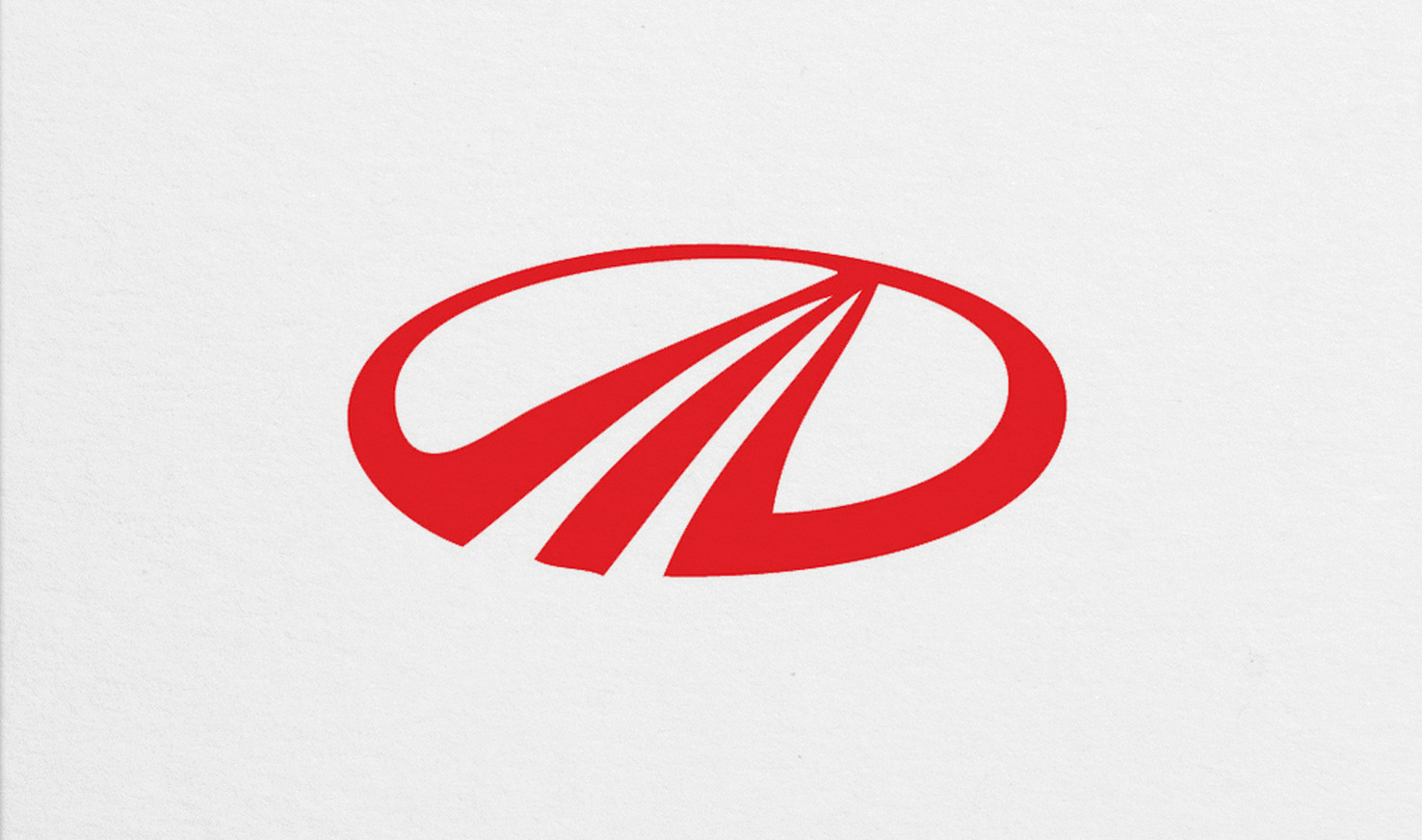M&M’s automotive division was created in 1994 following an organisational restructuring, but its origins go back to 1954.
That was when the company entered into collaboration with Willys Overland Corporation (now part of the DaimlerChrysler group) to import and assemble the Willys Jeep for the Indian market. M&M began producing light commercial vehicles (LCVs) in 1965.

Ever since its inception, the company has focused on developing its own manufacturing capabilities. As a result of its relentless ambition in this direction, M&M began indigenously producing vehicles within a short span of the collaboration agreement with Willys.
Over the years the Mahindra brand in utility vehicles has come to represent high quality, ruggedness, durability, reliability, easy maintenance and operational economy. These are the qualities that have endeared the vehicle to individuals as well as institutions such as the Indian armed forces. M&M enjoys a market share of more than 50 per cent in this segment.
History.
1947: October, first batch of seventy five Utility Vehicles (UVs) imported in CKD condition from Willys overland Export Corporation.
1949: Lease of 11071 Sq. yds at Mazagaon from British India Steam navigation. The first Willys Overland Jeep built in India at the Assembly Plant , Mazagaon, Bombay.
1954: Phased manufacture of Vehicles undertaken in collaboration with Kaiser Jeep Corporation and American Motors Corporation.
1962: Indigenous content of Jeep goes upto 70%. 137 acres of land purchased at Kandivli to centralise manufacturing operations.
1965: FC 150 Petrol Trucks introduced.
1967: Two wheel drive Utility Vehicles introduced. 101″ wheel base and Metal Body UVs introduced. Indigenous content goes up by 97%.
1969: Export of vehicles started, export of total 1200 UVs together with spare parts to Yugoslavia. Exports also made to Ceylon, Singapore, Philippines and Indonesia.
1970: Contracts concluded to export of 3304 vehicles, mainly to Yugoslavia and Indonesia.
1971: Separate R&D section set up.
1974: Maximiller campaign launched to conserve fuel. CJ 4A introduced with new transmission and axle ratio. Collaboration agreement with Jeep corporation (subsidiary of AMC, Detroit).
1975: FC 260 Diesel light truck introduced. CJ 500 D Diesel introduced with MD 2350 Diesel Engine.
1979: Government of India approves in principle, the technical collaboration with Peugeot, France for the manufacture of XDP 4.90 Diesel Engine.
1981: Nasik Trucks Assembly Plant formally inaugurated. Peugeot Engine Assembly Plant at Ghatkopar inaugurated. NC 665 DP Mini Truck rolls out from Nasik Assembly Line.
1983: FJ 460 model introduced with 4 speed gear box. Engine plant at Igatpuri was formally inaugurated by Mr. Jean Boillot, President of Automobiles Peugeot of France for the manufacture of 25000 Peugeot and Petrol engines.
1985: New Mahindra Vehicle-MM 540 launched in Bombay. NC 640 DP with 4 speed gear box introduced. Mahindra MM 440 introduced.
1986: CJ 640 DP Vehicle introduced.
1987: MM 540 DP metal Body Wagonette introduced.
1988: M&M signed a Memorandum of Understanding with Hyderabad Allwyn Nissan Limited to form Mahindra Nissan Allwyn Ltd., as its associate company with LCV operations in Andhra Pradesh.
1989: CJ 340 DP model introduced. M&M and Peugeot announced their tie up for the manufacture of Peugeot 504 pick up truck, BA 10 gear boxes and latest XD 3 diesel engines. M&M acquired automotive pressing unit at Kanhe, from Guest Keen Williams Ltd.
1991: Introduction of CJ 500 DI model with MDI 2500 A direct injection diesel engines. M&M bags order to export 10000 CKD kits. Commander range of models: 650 DI, 750 DP/HT were launched with tremendous market response.
1993: Mahindra Armada launched. M&M was the only manufacturer to withstand the demand recession, with increasing sales.
1995: Mahindra Nissan Allwyn Ltd. (MNAL) merged with M&M and Zaheerabad LCV operations becoming part of Automotive Sector. FJ series of LCVs were shifted from Nasik to Zaheerabad.
Business Process Re-engineering Project initiated in the Division. Igatpuri Engine Plant received ISO 9002 certificate from TUV of Germany. Single Cab/Double Cab project was initiated.
1996: New LCV model Cabking DI 3150 & Mahindra Classic vehicles were launched. New Commander 5 Door Hard Top was introduced. The company was the first automobile manufacturer to get all the engine types approved for the new emission norms effective from 1st April, 96. IDAM (Integrated Design & Manufacturing) set up for designing entirely new vehicle with the help of internationally renowned consultants.
1997: Commercial production of Ford Escort commenced at Nasik Plant. License & Technical Assistance Agreement was signed with Mitsubishi Motors Corporation for Manufacture of SL Body at Zaheerabad (Voyager with XD 3 and BA 10). Soft/Hard top versions of CL/MM 550, 8 seater Armada, Commander 650 DI with longer wheel base and MM 540/550 XDB models were introduced. Kandivli and Nasik plants received ISO 9002 certificate from RW-TUV.
1998: Die shop Inauguration at Nashik Plant 2-8/8/97.
Voyager launched by the Chairman at Zaheerabad Plant on 12/11/97. Complete localisation of Cabking model at Zaheerabad plant. Change over from 3-Speed to 4-Speed Transmission.
400 nos. Army order successfully executed at Kandivli Plant in Mar’98.
(source: mahindraworld)

